PRODUCT PROFILE OF INDIAN SPICES
India is the largest manufacturer, consumer and exporter of spices. India is known as the home of spices. When the East India Company came to India for trade, it also exported Indian spices abroad. Indian spices are world renowned for their taste, color, texture, and medicinal properties. A total of 109 species of spices have been listed according to the International Standards Organization. Of these, 75 spices are produced in India. Indian spices are in great demand in the world. Indian spices are one of the most exported spices in the world.
STATICS OF SPICES EXPORT
- During 2018-19, a total of 1.10 million tons of spices and spice products valued US$ 2.80 billions have been exported from the country as against 10,28,060 tonnes valued US$ 2.78 billion in 2017-18, registering an increase of 7 per cent in volume.
- In FY20 (till December 2019), 857,400 tonnes of spices worth US$ 2.25 billion have been.
TOP 10 EXPORTED SPICES FROM INDIA
Chilli
Chili is most used in India. Maybe that is why Indian cuisine is famous all over the world. In India, chillies are used in cooking. Indian food cannot be imagined without chillies. Indians enjoy the taste of chilli and its spicyness very well.
Mint products
Mint essential oil and menthol are extensively used as flavorings in breath fresheners, drinks, antiseptic mouth rinses, toothpaste, chewing gum, desserts, and candies, such as mint (candy) and mint chocolate. The substances that give the mints their characteristic aromas and flavors are menthol (the main aroma of peppermint and Japanese peppermint) and pulegone.
Spice Oils & Oleoresins, Cumin
Cumin is an herb. The seeds of the plant are used to make medicine. People take cumin for digestion problems including diarrhea, colic, bowel spasms, and gas. Cumin is also used to increase urine flow to relieve bloating (as a diuretic); to start menstruation; and to increase sexual desire (as an aphrodisiac).
Turmeric
a bright yellow aromatic powder obtained from the rhizome of a plant of the ginger family, used for flavouring and colouring in Asian cooking and formerly as a fabric dye. the Asian plant from which turmeric is obtained.
Pepper
Peppercorns are actually the fruits of a flowering vine in the Piperaceae family. The green, wide-leafed vines grow long tendrils where cylindrical clusters of the berries ripen. The fruits are small containing a thin skin, very little actual fruit, and a single large seed. The fruits are picked at varying degrees of ripeness depending on the strength and type of pepper desired and then processed accordingly.
Curry powders/paste
It is commonly used to flavor soups, stews, sauces, marinades, meat, and vegetables. As the popularity of curry flavor increases, creative chefs are finding more unconventional uses for the seasoning such as hamburgers, scrambled eggs, and potato salad.
Cardamom seeds
Both forms of cardamom are used as flavourings and cooking spices in both food and drink, and as a medicine.Cardamom has a strong, unique taste, with an intensely aromatic, resinous fragrance. Black cardamom has a distinctly more smoky, though not bitter, aroma, with a coolness some consider similar to mint.
Tamarind
Asafoetida and Cassia
Cassia and cinnamon both come from the bark of a tree that is a member of the laurel family. To produce cinnamon, the tree's bark is harvested, dried and fermented, then its outer layer is removed. As it dries, the inner bark curls into thin strips, or quills.
Garlic
Garlic is widely used around the world for its pungent flavor as a seasoning or condiment.
The garlic plant's bulb is the most commonly used part of the plant. With the exception of the single clove types, garlic bulbs are normally divided into numerous fleshy sections called cloves. Garlic cloves are used for consumption (raw or cooked) or for medicinal purposes.
INDIAN SPICES NAMES
1. Cardamom 2.Pepper 3.Chilli 4.Ginger 5. Turmeric 6.Coriander 7. Cumin 8.Fennel 9. Fenugreek 10.Celery11. Aniseed 12.Ajowan13. Caraway 14.Dill15. Cinnamon 16.Cassia17. Garlic 18.Curry leaf19. Kokam 20.Mint21. Mustard 22.Parsley23.Pomegranate 24.Saffron25.Vanilla 26.Tejpat27.Pepper Long 28.Star Anise29.Sweet flag. 30.Horse Radish31.Greater Galanga 32.Horse Radish33.Caper 34.Clove35.Asafoetida 36.Hyssop37.Juniper berry 38.Bay Leaf39.Lovage 40.Marjoram41.Nutmeg 42.Mace43.Basil 44.Poppy seed45.Allspice 46.Rosemary47.Sage 48.Savory49.Thyme 50.Oregano51.Tarragon 52.Tamarind
TOP SPICES EXPORTING COUNTRIES
- INDIA
- CHINA
- VIETNAM
- INDONESIA
- MADGASCAR
TOP SPICES IMPORTING COUNTRIES
- UNITED STATES
- GERMENY
- NATHERLAND
- UNITED KINGDOM
- SAUDI ARABIA
GOVERMENT BENIFITS FOR SPICE EXPORT (INDIA)
1. DUTY DRAWBACK
2. MEIS
BASIC REGISTRATION FOR SPICES EXPORT (INDIA)
1. COMPANY REGISTRATION
2. I.E.C (IMPORT EXPORT CODE)
3. G.S.T (GOODS SERVICE TEX)
4. APEDA = R.C.M.C CERTIFICATE
5. SPICES EXPORT PROMOTION COUNCIL REGISTRATION CERTIFICATE = R.P.E.S.S.
Tags:
SPICES
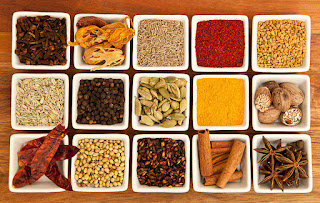


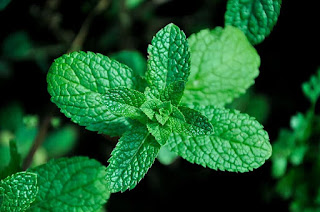


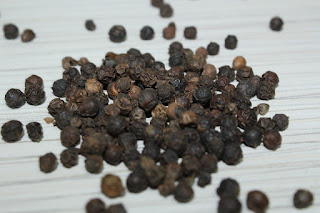
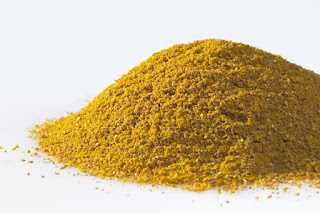



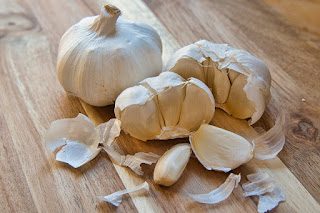

Amazing information 👌🙏 thank you bro good work
ReplyDeleteThank you so much bro
DeleteThis blog was fantastic.with Deep knowledge and facts.nice.
ReplyDeleteThank You So Much
ReplyDeleteThanks for sharing this wonderful information through this blog, along with want to know more information please visit, White Pepper Importer
ReplyDeleteThis comment has been removed by the author.
ReplyDeleteThank you for sharing this wonderful blog. keep sharing these kinds of blogs.
ReplyDeleteWhite Pepper Expoter